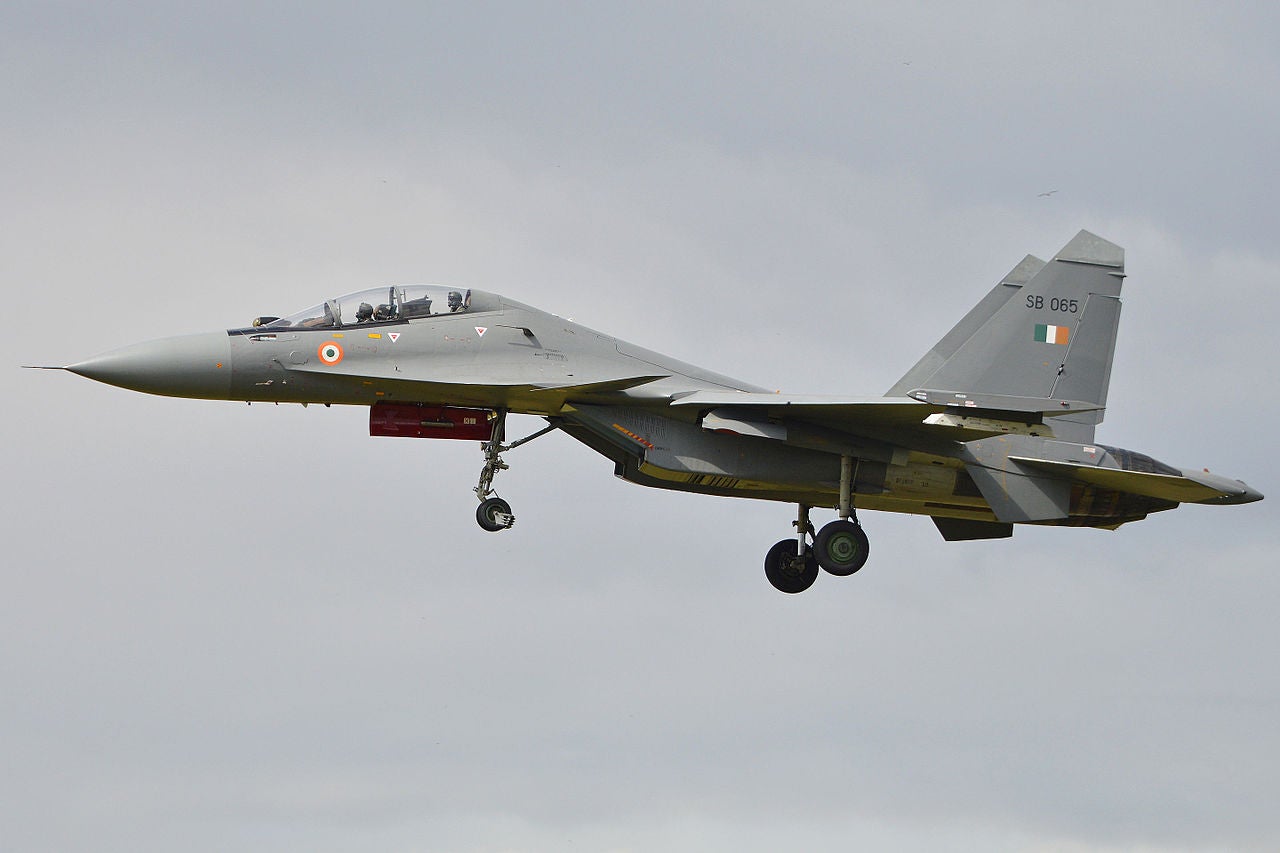
The Indian Ministry of Defence (MoD) has announced the flight test of the new generation anti-radiation missile.
Called RUDRAM, it is the first locally developed anti-radiation missile of the country.
Being developed by the Defence Research and Development Organisation (DRDO), the missile will be used by the Indian Air Force (IAF).
The test was carried out from Wheeler Island located off the coast of the Indian state of Odisha.
During the test, RUDRAM was launched from a SU-30 MKI fighter aircraft to hit a radiation target.
Following its release, the missile hit the radiation target with high accuracy.

US Tariffs are shifting - will you react or anticipate?
Don’t let policy changes catch you off guard. Stay proactive with real-time data and expert analysis.
By GlobalDataDefence Minister Rajnath Singh tweeted: “The New Generation Anti-Radiation Missile (Rudram-1) which is India’s first indigenous anti-radiation missile developed by @DRDO_India for Indian Air Force was tested successfully today at ITR, Balasore.
“Congratulations to DRDO and other stakeholders for this remarkable achievement.”
The missile features INS-GPS navigation capability and a Passive Homing Head.
The Passive Homing Head tracks targets over different frequencies as programmed.
This is said to be a capable weapon for the IAF for the Suppression of Enemy Air Defence from large stand-off ranges.
It is also considered to be an important step towards Indian Prime Minister Narendra Modi’s ‘Atmanirbhar Bharat’ initiative.
The IAF has also formally inducted the first five Rafale multirole aircraft at Ambala Air Force Station, India.
The Rafale multirole jets will be part of the ‘Golden Arrows’ 17 Squadron.
Last month, DRDO announced that it tested Hypersonic Technology Demonstrator Vehicle (HSTDV).
In May last year, DRDO performed the flight test of a locally developed high-speed expendable aerial target (HEAT), known as Abhyas.



